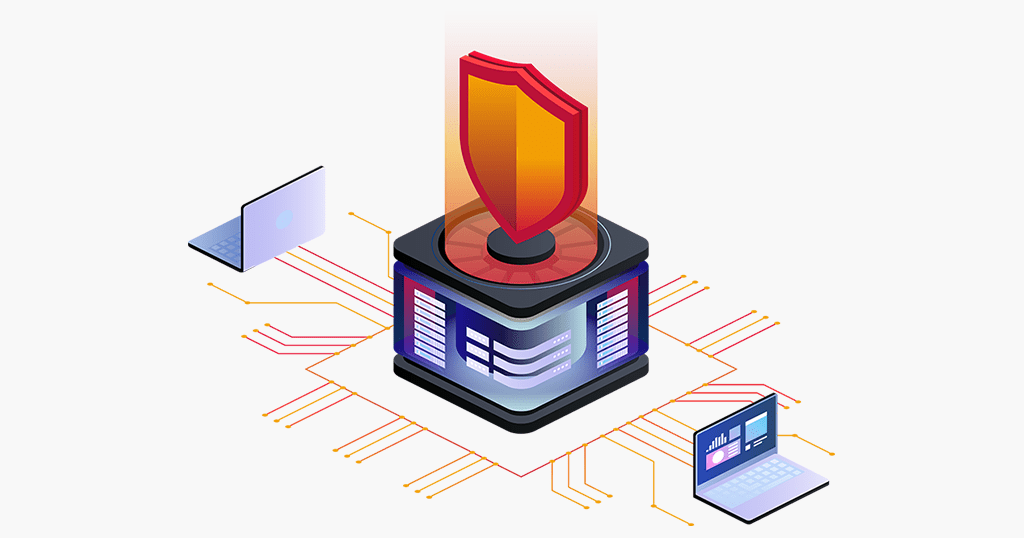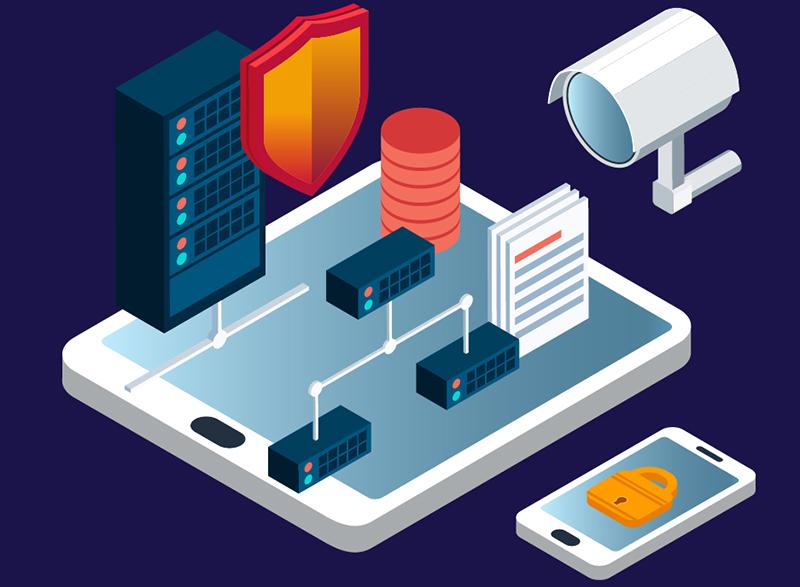
What is Managed
Detection and Response?
How does MDR work?
MDR involves the deployment and ongoing management of an Endpoint Detection & Response (EDR) solution by a managed security services provider, such as Aspire. Unlike EDR, MDR is fully managed by a cyber security services provider. This means organisations benefit from an exceptional level of expertise and constant monitoring, so threats are detected and mitigated at all hours.
Because MDR typically operates as a fully managed service, the provider is responsible for the entire process of detecting and responding to threats.
This includes monitoring the organisation’s network for potential cyber security threats, analysing and triaging alerts, and taking action to contain and mitigate any threats that are identified.
The first step in the process is to set up the software and integrate it with an organisation’s network and systems. This typically involves installing ‘sensors’, or ‘agents’, on each device that is to be monitored, as well as setting up rules and policies for detecting and responding to threats.

Continuous threat detection
Once the software is in place, it begins to continuously monitor the network and systems for signs of compromise. This is typically accomplished using advanced technologies such as artificial intelligence (AI) and machine learning (ML) algorithms. These technologies can analyse vast amounts of data from a variety of sources and are designed to identify unusual patterns of network traffic, detect malware or other malicious software, and detect attempts to gain unauthorised access to systems.
When a potential threat has been identified, the MDR system will analyse the alert to determine the severity and potential impact of the threat. This may involve conducting additional analysis or gathering more information from the organisation.
If the threat is deemed to be significant, the MDR system will alert the security operations centre (SOC) and provide them with detailed information about the identified threat and the affected systems. The SOC team can then assess the situation and take appropriate action to contain and mitigate the threat. This may involve quarantining infected devices, blocking malicious traffic, or restoring systems to a known safe state. The SOC team will also work with the organisation to develop a plan to address the root cause of the threat and prevent similar incidents from occurring in the future.

Looking for a marketing-leading MDR solution?
What are the benefits of MDR?
One of the key benefits of MDR software is that it allows organisations to outsource their threat detection and response capabilities to a team of security experts. This can be especially useful for small and medium-sized businesses that may not have the resources or expertise to handle these tasks in-house. By using MDR software, these organisations can benefit from the knowledge and experience of a team of security professionals who are constantly monitoring their networks and systems for threats.
In addition to providing expert analysis and response, MDR also offers organisations several other benefits:

Continuous monitoring
MDR provides continuous monitoring of the organisation's network and systems, ensuring that potential threats are identified and addressed as quickly as possible.

Customised approach
MDR providers can tailor their services to meet the specific needs of the organisation, considering the organisation's size, industry, and unique security requirements.

Proactive protection
MDR allows organisations to be proactive in their approach to cybersecurity, rather than simply reacting to threats as they arise.
Cost savings
By outsourcing their cybersecurity needs to an MDR provider, organisations can potentially save money compared to maintaining an in-house cybersecurity team.
In Summary
MDR software is a powerful tool for helping organisations protect themselves against cyber threats. By continuously monitoring networks and systems for signs of compromise and taking prompt action to mitigate threats, MDR software can help organisations stay one step ahead of attackers and keep their networks and systems secure.
Key takeaways and terminology
- Endpoint Detection and Response (EDR) is a system for detecting threats within an organisation’s IT infrastructure.
- Managed Detection and Response (MDR) is the implementation and ongoing management of an EDR service, by a managed security services provider (MSSP).
- Threats are detected using ‘sensors’, or ‘agents’, deployed on all monitored devices.
- All alerts are handled by an MSSP’s security operations centre (SOC) team, monitoring and responding to threats around the clock.
- A cost-effective alternative to managing an in-house security team. Dedicated service as opposed to delegating cyber security responsibilities to general IT teams.

Explore Aspire’s market-leading MDR service
Our MDR solution combines the latest best-in-class tools with our in-house Security Operations Centre (SOC) to provide 24/7/365 monitoring of your endpoints and devices to proactively detect and prevent modern cyber threats.


